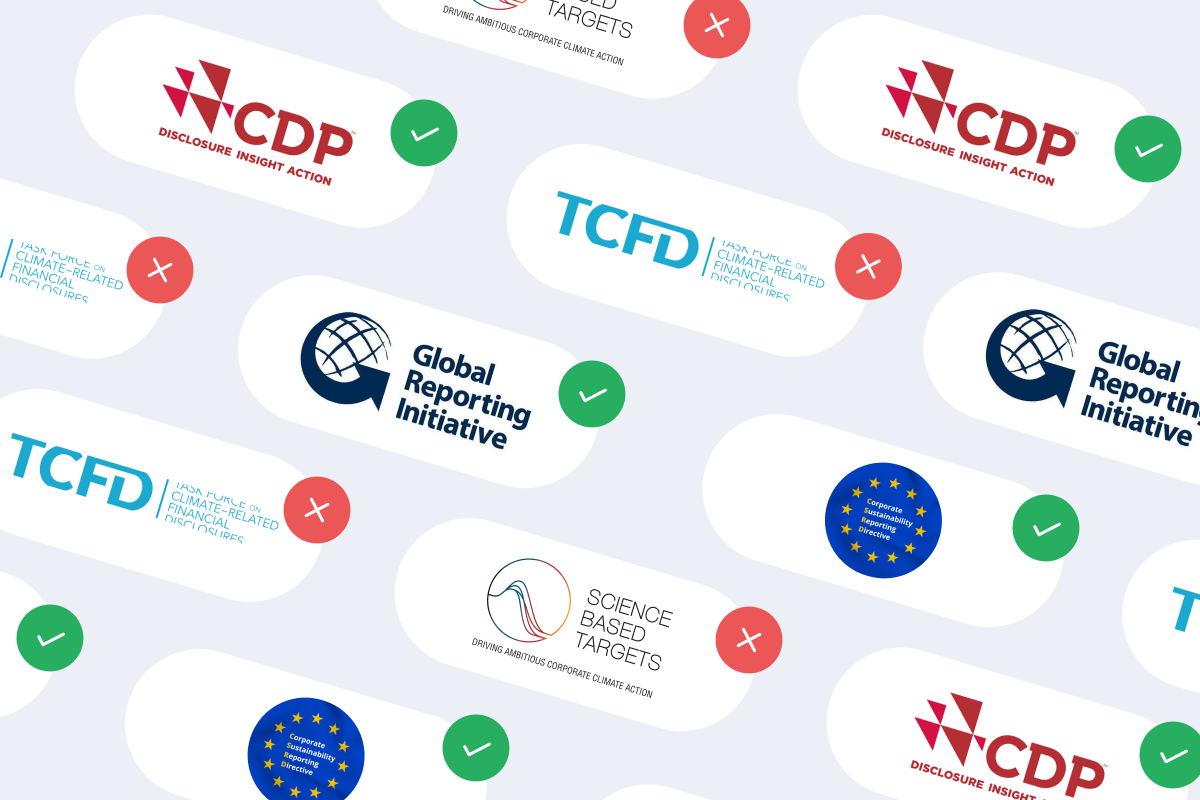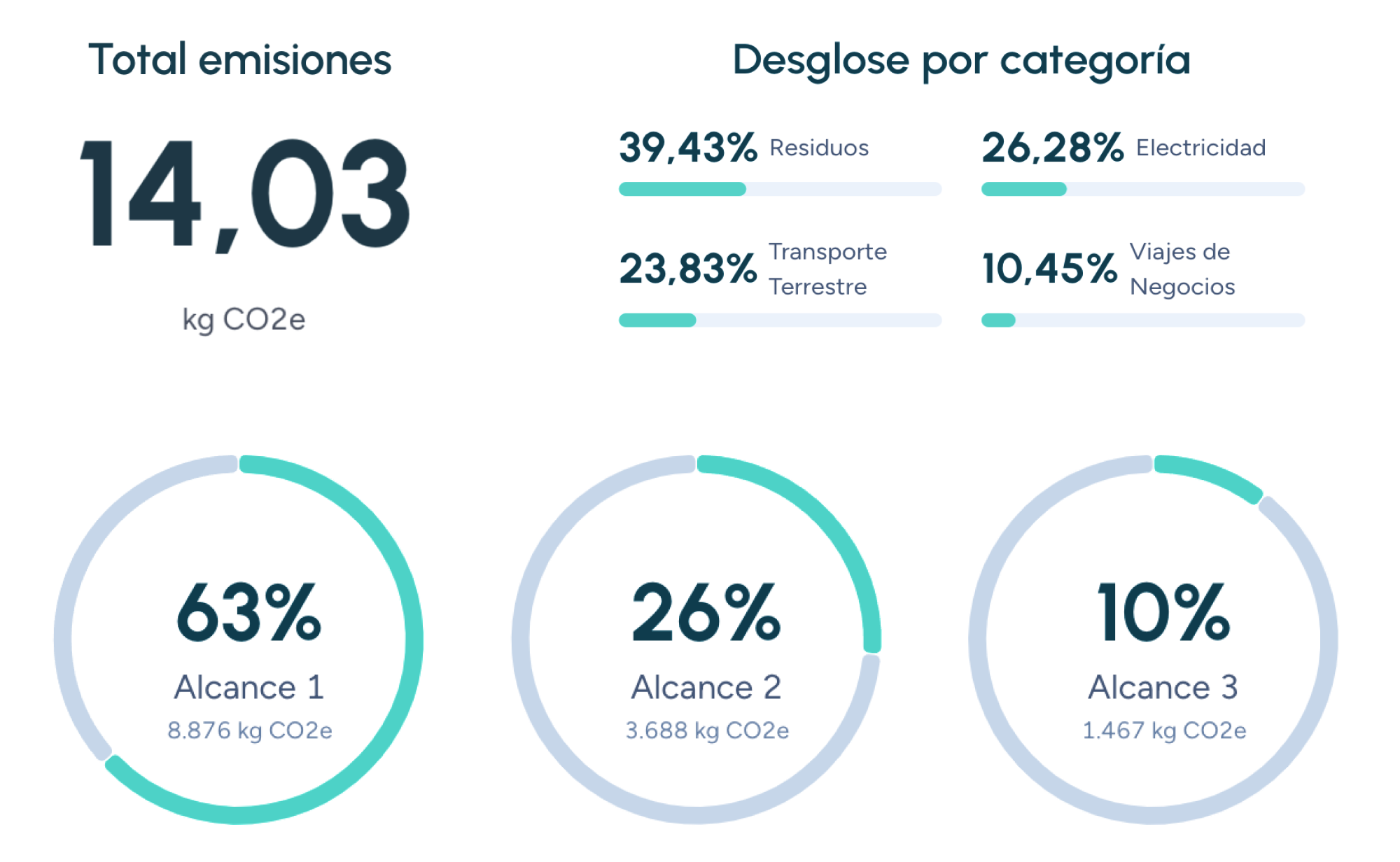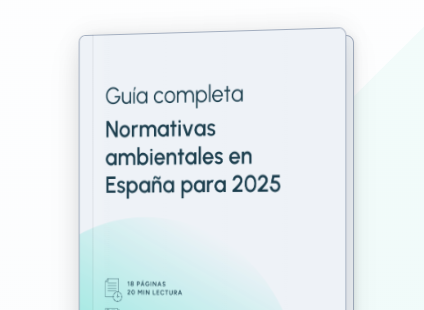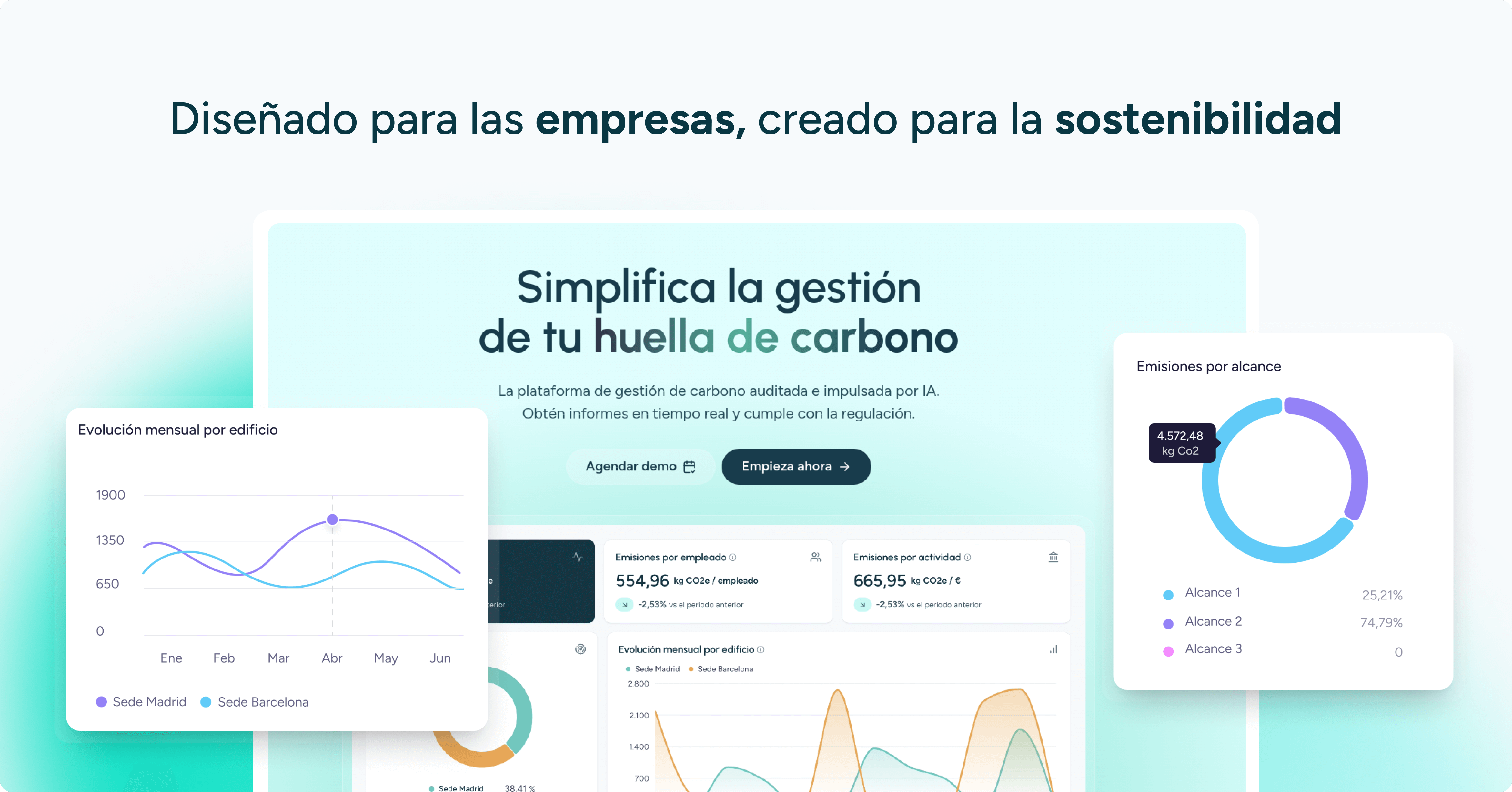Water Life Cycle Assessment (Water LCA)
Water Life Cycle Assessment (WLCA) is a methodology that evaluates water-related impacts throughout the entire life cycle of a product, process, or service—from raw material extraction to final disposal. Inspired by the general Life Cycle Assessment (LCA) framework defined by ISO 14040 and 14044, WLCA focuses specifically on water use, consumption, pollution, and availability, integrating environmental, social, and economic factors.
In a context of increasing water scarcity and climate change, this tool has become essential for companies and public administrations seeking to reduce risks, increase efficiency, and demonstrate transparency in water resource management.
Definition
WLCA is the systematic evaluation of direct and indirect water-related impacts associated with the full life cycle of a product or activity.
It includes:
– Blue, green, and grey water consumption.
– Impacts on local water availability.
– Effects on water quality.
– Relationships with ecosystems and human communities.
Regulation and reference frameworks
- ISO 14046:2014 – Water Footprint: principles and requirements for water-impact assessment.
- ISO 14040 and 14044: methodological basis for LCA.
- Global Water Footprint Standard (WFN): water footprint calculation framework.
- European Water Platform (WssTP) guidelines: adaptation to EU policies.
- Water Framework Directive (2000/60/EC).
WLCA methodology
The process consists of four main phases:
- Goal and scope definition
– Product, process, or service to be analysed.
– System boundaries (cradle-to-grave, cradle-to-cradle).
– Geographic scales (local, regional, global). - Inventory analysis
– Water consumption data at each stage.
– Types of water: surface, groundwater, rainfall.
– Discharges and effluents. - Impact assessment
– Use of indicators such as the Water Stress Index (WSI).
– Consideration of local water scarcity.
– Impacts on ecosystems and human health. - Interpretation
– Identification of hotspot stages.
– Recommendations for reduction.
– Communication with stakeholders.
Applications of WLCA
Companies
– Optimise water-intensive production processes (textiles, food, chemicals).
– Design more water-efficient products.
Public administrations
– Assess hydraulic infrastructure projects.
– Develop sustainable water management policies.
Consumers
– Transparent information for eco-labels.
– Promote responsible consumption.
Benefits of WLCA
- Environmental: reduced consumption and pollutant discharges.
- Economic: savings in water and energy costs.
- Social: improved transparency and reputation.
- Strategic: preparedness for regulation and water-related risks.
Challenges of WLCA
- Availability of local data: limited basin-level databases.
- Standardisation: methodological differences lead to varying results.
- Integration into business decisions: still limited outside critical sectors.
- Water quality assessment: difficulty incorporating emerging contaminants.
Relation to the circular economy
WLCA drives water circularity by identifying opportunities to:
– Reuse wastewater.
– Close water loops in industrial processes.
– Optimise irrigation efficiency.
– Design products with lower water footprints.
Water Life Cycle Assessment is an indispensable tool for measuring, managing, and reducing water-related impacts across the value chain. Its adoption by companies and governments supports the transition to a more resilient and sustainable model where water is used efficiently and equitably.
Ultimately, applying WLCA is not only an environmental responsibility but also a competitive strategy in a world where water will increasingly be a critical resource.
Companies that already trust manglai





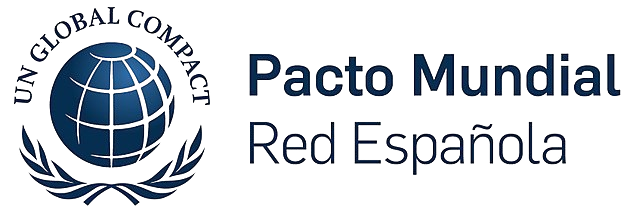








B Corp Certification
B Corp Certification is a global standard that validates companies for their commitment to sustainability and social responsibility, promoting practices that reduce carbon footprints and create a positive impact on society and the environment.
CBAM: EU Carbon Border Adjustment Mechanism
Analyse how the EU taxes imports according to their carbon footprint, the sectors affected, and the steps companies must take to prepare for 2026.
Carbon Border Adjustment Mechanism (CBAM)
The Carbon Border Adjustment Mechanism (CBAM) is a regulatory tool developed by the European Union to prevent carbon leakage and promote global decarbonization.
Guiding businesses towards net-zero emissions through AI-driven solutions.
© 2025 Manglai. All rights reserved
Política de Privacidad